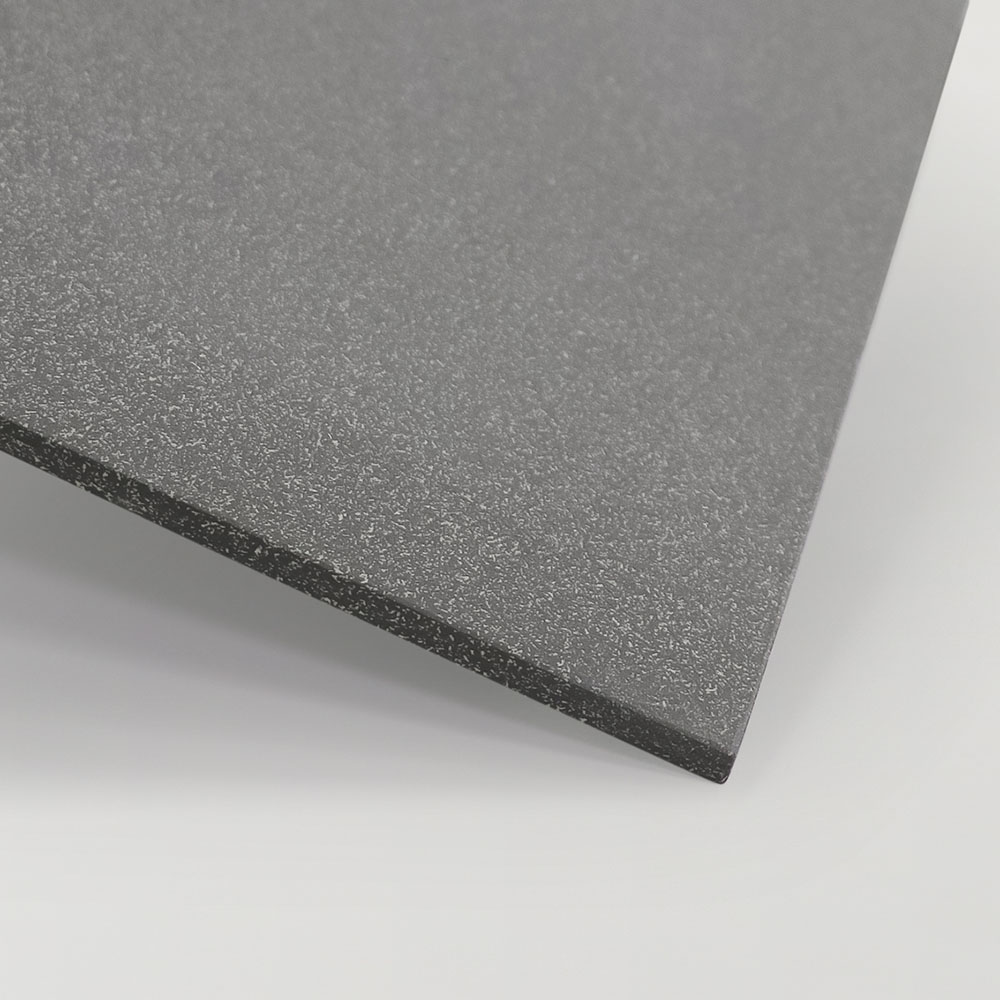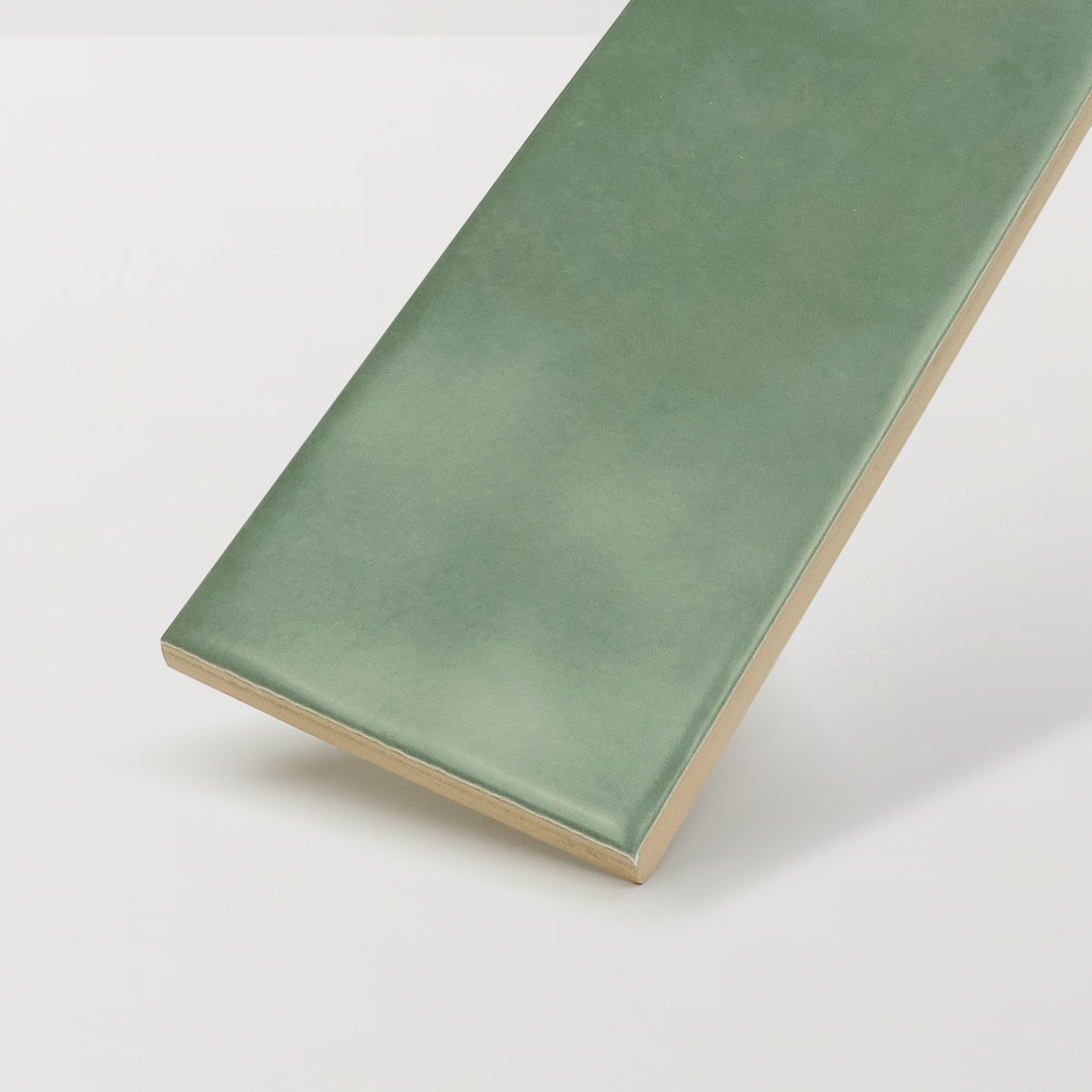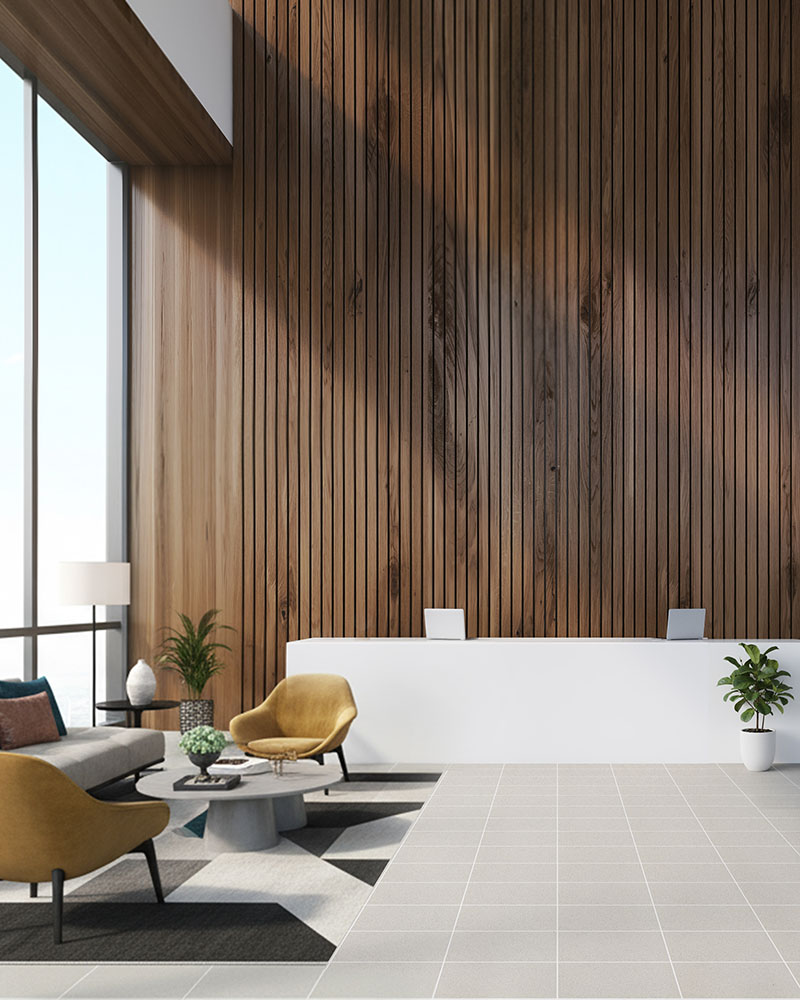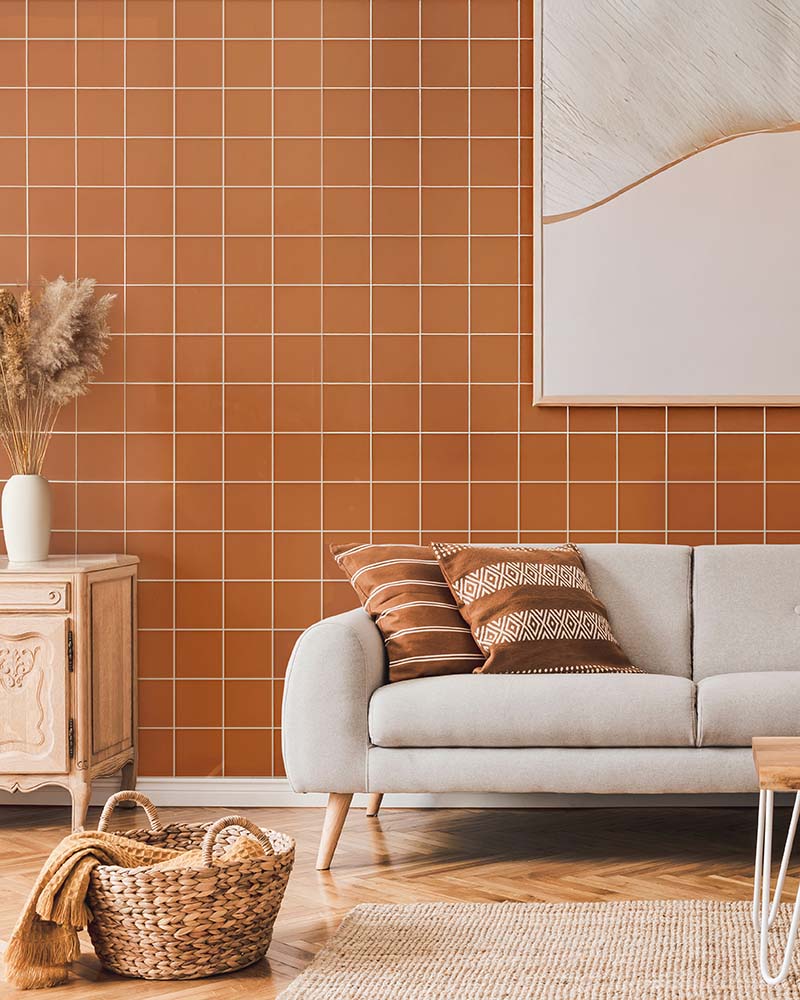14 October 2025
When it comes to choosing the right tile for your space, one of the first things you’ll need to know is whether to go with glazed tiles or unglazed tiles. Though they may look similar at first glance, the difference lies in their finish, texture, and performance – all of which impact how they’ll look and last in your home or commercial space. Glazed tiles offer a protective layer on the tile that enhances colour and stain resistance, while unglazed tiles boast natural aesthetic and durability, making them a popular choice for high-traffic areas.
Understanding how each tile type is made will help you select the perfect option for your project, balancing both style and practicality.
What Makes a Tile Glazed?
A common misconception about glazed porcelain tiles is that they only come in a gloss or polished finish. Although they can be made in a glossy or polished finish, glazed tiles are available in a variety of finishes, including matt, lappato, satin, textured, and outdoor grip options also.
A glazed tile is made by applying a thin, glass-like coating—called a glaze—to the raw tile body during manufacturing. This layer is then fired at high temperatures, bonding it permanently to the tile. The glaze adds colour, pattern, and texture while providing a durable, water and stain-resistant surface.
Glazed tiles are popular for their versatility and easy maintenance. Thanks to modern digital printing, they can mimic natural materials like marble, stone, or timber while offering a smooth, non-porous surface that’s easy to clean.
In short, glazed tiles combine design, protection, and practicality—making them an ideal choice for residential and commercial spaces.


The Natural Appeal of Unglazed Tiles
Unglazed tiles are exactly what their name suggests—tiles without a glass-like coating on the surface. In some instances, the colour and texture run all the way through the tile body, giving them a natural, earthy appearance and consistent colour from top to bottom.
Because a glaze isn’t applied during the production process, unglazed tiles embody more of a natural and textured look, usually only in a matt or coarse finish. This makes them more slip-resistant and ideal for high-traffic or outdoor areas where durability and grip are important. However, because they are missing the protective layer, they are more porous than glazed tiles and may require sealing to help protect against stains and moisture.
With their raw, authentic look and strong performance, unglazed tiles are a popular choice for commercial spaces, patios, pathways, and areas that demand durability.
Durability, Slip Resistance, and Maintenance Compared
Now with that an understanding of what glazed and unglazed tiles are and their benefits, let’s compare the two in terms of durability, slip resistance and maintenance.
Durability
Unglazed tiles offer increased durability and longevity because the surface and body of the tile, are one of the same. It also doesn’t have that thin glass like coating, so there is no concern regarding the glaze wearing or chipping off over time. This is why unglazed tiles are generally chosen for commercial application with high-traffic zones.
Slip and Water Resistance
Both glazed and unglazed tiles can achieve the same levels of slip resistance, it all comes down to the surface finish of the tile. Whether it be matt, grip or textured, both types of tile can achieve the same ratings.
The main difference lies in water resistance. Unglazed tiles are more porous and tend to absorb more water, whereas glazed tiles have a protective glass-like coating that reduces water absorption. This makes glazed tiles a better choice for wet areas like bathrooms and kitchens.
Maintenance
Glazed tiles are generally easier to clean than unglazed tiles, although this can vary depending on the surface finish. A gloss tile, for example, tends to be simpler to maintain than a coarse or textured finish.
Unglazed tiles, on the other hand, require a bit more care. Because they are more porous, they may need to be sealed and cleaned more regularly to protect against stains and moisture absorption.
Put simply, the main difference between glazed and unglazed tiles lies in the glaze itself. Yet this one step makes a big impact—changing how the tile looks, feels, and performs once installed. For these reasons, glazed tiles are often the preferred choice for most residential and commercial interiors, while unglazed tiles are better suited to specific commercial settings such as kitchens, bathrooms, and other high-traffic areas where extra grip and durability are needed.
Choosing the Right Finish for Your Project
When it comes to selecting between glazed and unglazed tiles, the best choice depends on your space, lifestyle, and design inspiration.
- Choose glazed tiles when you want a wide variety of colours, patterns, and finishes, along with low maintenance and easy cleaning – ideal for interior and exterior spaces
- Choose unglazed tiles when durability, slip resistance, and a natural, earthy appearance are priorities — ideal for outdoor areas, high-traffic zones, and wet area commercial settings
Before making your decision, consider a few key factors:
- Before making your decision, consider a few key factors:
- Space type – Is it residential, commercial, indoor, or outdoor?
- Traffic levels – Will it experience light use or heavy foot traffic?
- Maintenance – Are you okay with high maintenance, or would you prefer low maintenance?
- Aesthetic preference – Do you prefer a polished, decorative look or a raw, natural finish


Find the Perfect Tile with Johnson Tiles
At Johnson Tiles, we understand that choosing the right tile can make all the difference. Our team helps homeowners, designers, builders, and retailers select products that balance performance, design, and practicality — ensuring every project achieves the desired result.
Explore our full collection of tiles or visit one of our tile showrooms to get expert advice to ensure the right choice for your project.


